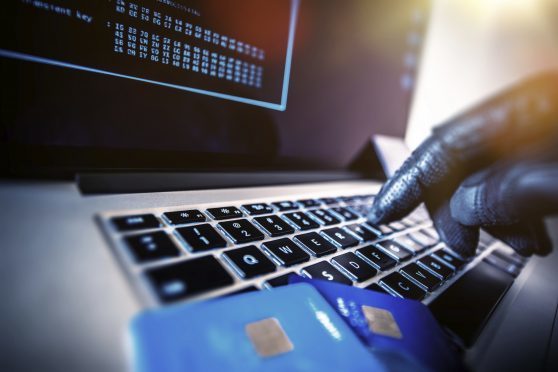Another week, another new scam.
In an era where the flick of a card or even the wave of a watch is enough to get through the checkout, it’s remarkable to think how far financial transaction technology has come in such a short space of time.
Admittedly it wasn’t yesterday, but it’s really not so long ago since the school holidays signalled the berry season and days down the dreels filling punnets, or buckets, in the quest for cash.
And the same generation who’ll likely never encounter a field of rasps at close quarters is the same one now living in a world of contactless payment when it comes to forking out for stuff.
Like any technology, it’s a breeze for those growing up with it, but a confusing minefield for the uninitiated.
And that makes it fertile ground for the fraudsters.
In the latest audacious attempt to weedle cash from unsuspecting victims, crooks even sent a taxi to take their Angus targets to the cash.
The con artists had phoned a couple who live near Forfar to warn them their TSB account had been “compromised” and said they should go to the local branch and transfer funds to a “safe” account.
Thankfully, both branch staff and the astute local cabbie detected a whiff of danger and their combined efforts meant the elderly couple were spared what would have been a four-figure loss.
With, no doubt, the prospect of a return call from the criminals if they felt they’d found a field of easy pickings.
The array of scams which police and trading standards have highlighted in recent months have stretched from mobile phone fraud to so-called sextortion over alleged illegal online activity.
Unfortunately, not everyone successfully escapes the clutches of the crooks and it’s difficult to comprehend the effect – financially and emotionally – on victims such as those hit by a five-figure sting last year.
Potential targets also often admit to feeling silly they could have been so easily pulled in, but they need to remember they’re up against convincing ‘professionals’ whose business is duplicity.
As the criminals come up with more methods of stealing from people, all we can do is look out for our own and others, keep personal details personal, and trust no-one when it comes to a telephone cold-caller who could be on a financial fishing expedition.










